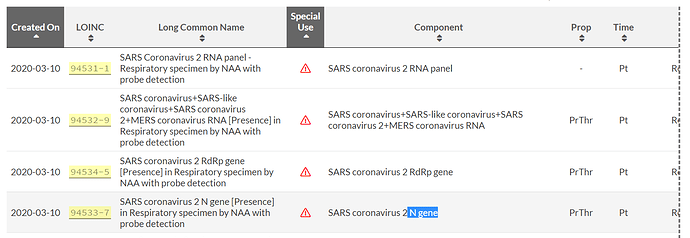I applaud @Patrick_Ryan and community for this effort! As a physician researcher in women’s health, my team and I have some women specific research questions to propose with regard to pregnancy and lactation. There are guidelines from professional societies (ACOG, SMFMF’s joint statement here: https://www.acog.org/clinical/clinical-guidance/practice-advisory/articles/2020/03/novel-coronavirus-2019) but there is not enough data to really inform these guidelines. Any additional clarity on these topics would be of tremendous public health interest.
~Pregnancy and lactation:
• rate of infection in pregnancy. By trimester if possible.
• complication rates for pregnant infected women
o severity of illness (versus non pregnant women, versus men)
o comorbidities
o length of illness
o transmission to newborn
o pregnancy complications: premature birth rates, fetal loss
• does cesarean section v vaginal delivery influence transmission to newborn?
• any transmission through breast milk to infant
I echo @SCYou’s earlier suggestion for analysis by sex for any and all research questions. There may be important sex differences that could drive different approaches to triage, diagnosis, and treatment. Additional research questions for women are listed below.
~Testing
• are women tested at the same rate? If not, why?
• Do women have access to testing?
~Clinical presentation
• Infection rates (known, will not be fully possible until after the epidemic and serology surveillance is conducted)
• Infections with and without symptoms, any difference when compared with men?
• Prevalence of presenting symptoms (not just respiratory)
• Severity of illness
• Length of illness
• Time from symptoms to hospitalization_and Impact of comorbidities
• Radiology findings – CT, CXR – any differences between men and women? _
• “silent spreaders” – any difference in rates between men and women?
~Health outcomes:
- Response to specific medications/treatments ie antivirals, and to vaccines when testing begins
• Required hospitalization
• ICU admissions
• Ventilator requirement
• Length of stay
• Death rates?
• Impact of comorbidities on sequelae of infection ie co-infection- flu , bacterial infections
- what is impact of COVID-19 on existing co-morbidities
~Social impact:
• Transmission rates-woman exposed versus man exposed. There may be differences in how women come into contact w virus compared with men. Ie women are more likely to take public transportation than men. Women are more likely in supermarkets.
• Differences in access to care
• Engagement of women versus men in healthcare related to outbreak, Women are more frequently front line health care workers (nurses, phlebotomists, aids, etc) so may experience more occupational exposure than men
~Can a Risk prediction model be developed for men and women?
o severity of illness
o need for ICU
o need for ventilatory support
o increased length of stay
Thank you all for your consideration!
